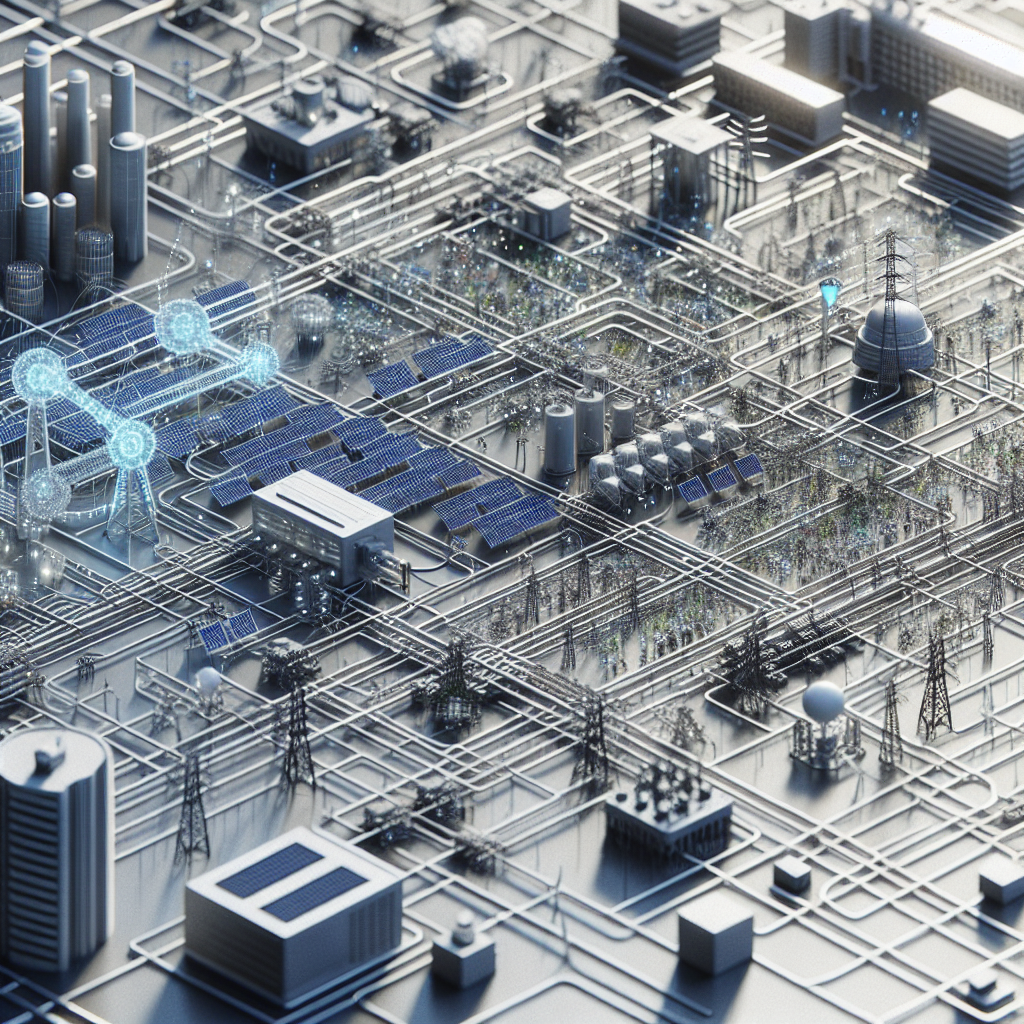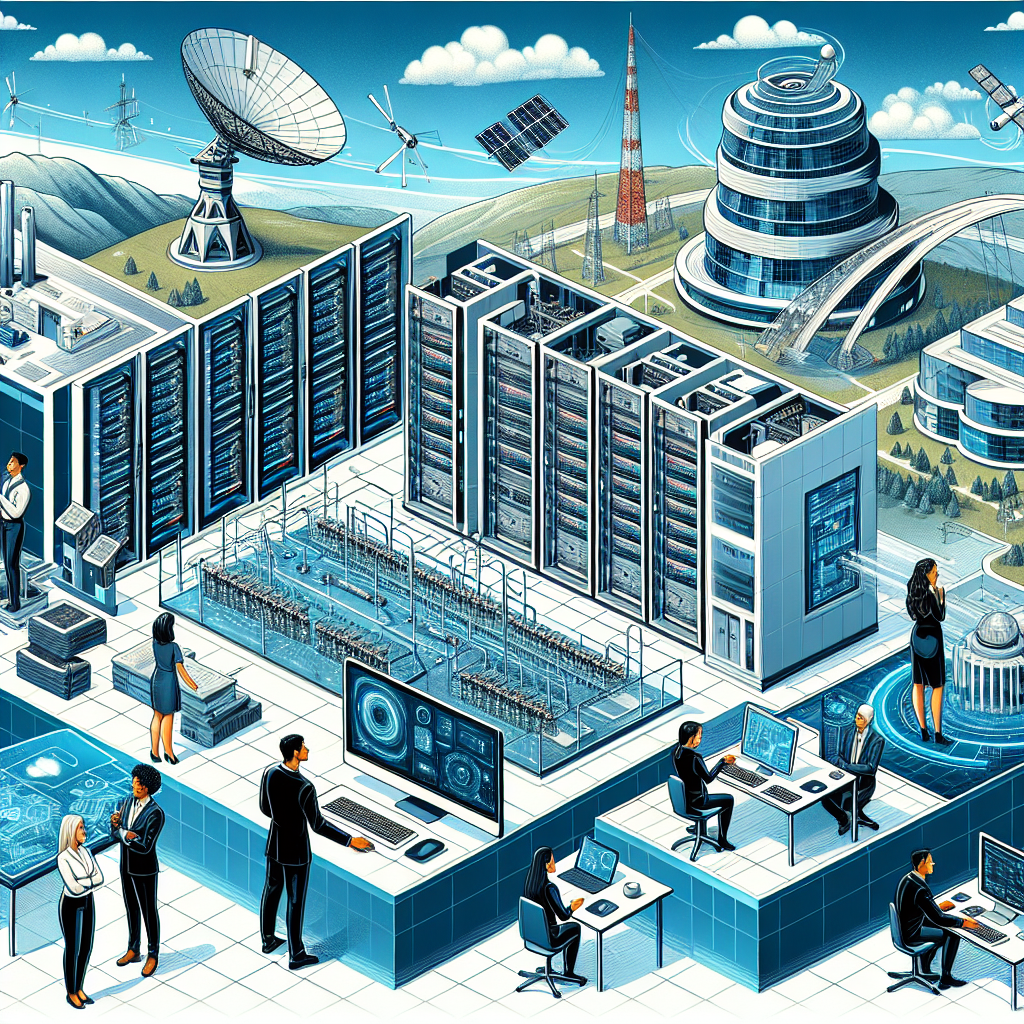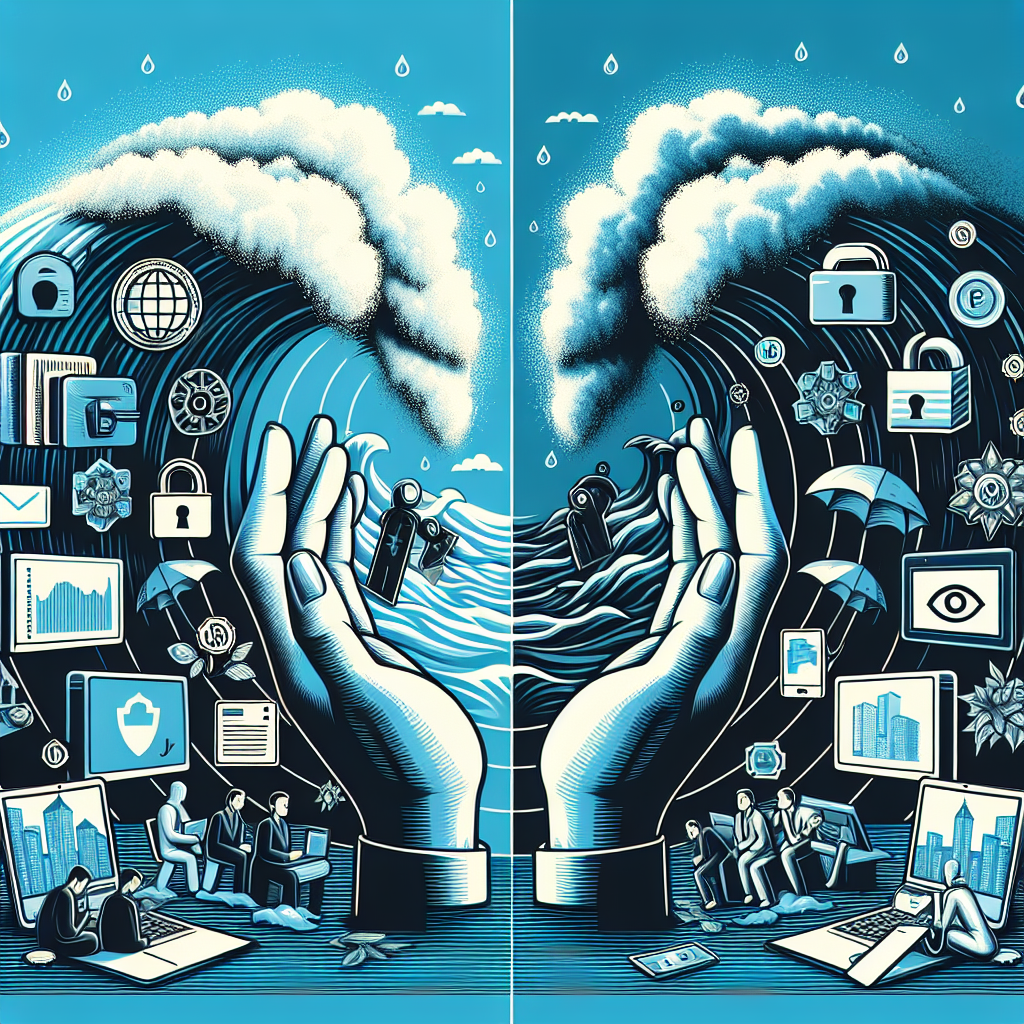As we hurtle forward into a digital age enhanced by innovative models of renewable sources, our reliance on the Energy Grid is increasingly becoming a magnet for unscrupulous entities with a proclivity towards disruption. A recent surge in cyber-attacks has raised valid concerns about the vulnerability of our infrastructure systems.
Policy Overview
The current U.S. government addresses this via their Cybersecurity Framework which aims to reduce cybersecurity risks pertaining to crucial infrastructure sectors like Energy.
Historical Context
In historical terms, deregulation was seen as an antidote to monopolistic tendencies within utility sectors but it exposed a critical loophole – increased vulnerability to strategic attacks.

Stakeholder Perspectives
A myriad chorus from governmental bodies, private sector participants and consumers reveal that while everyone agrees that sturdy cybersecurity measures are paramount, there’s discordance regarding cost distribution spectrum.
Economic Impact
The economic fallout from these malicious intrusions are staggering with an estimated global loss exceeding $1 trillion annually. For businesses more specifically within energy sector itself, costs spiral out due to operational disruptions and security investments.
5.Social Consequences: One family’s journey through crisis,
highlighted recently in national media underscores how widespread power grid failures caused by a remote hacker left them without power during peak winter months.
6.Implementation Challenges:
Managing the labyrinthine network of private and public ownership complicates security enhancement across the grid.

Success Metrics:
A successful model to emulate would be Estonia’s who’ve rebounded from a massive 2007 cyber-attack to develop one of world’s most secured digital infrastructure.
Alternative Approaches
One proposal involves decentralizing power generation systems thus diluting a hacker’s potential impact zones. Another suggests infusing AI into cybersecurity measures as an anticipatory control measure.

